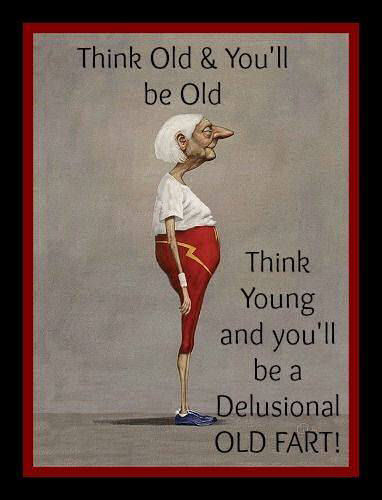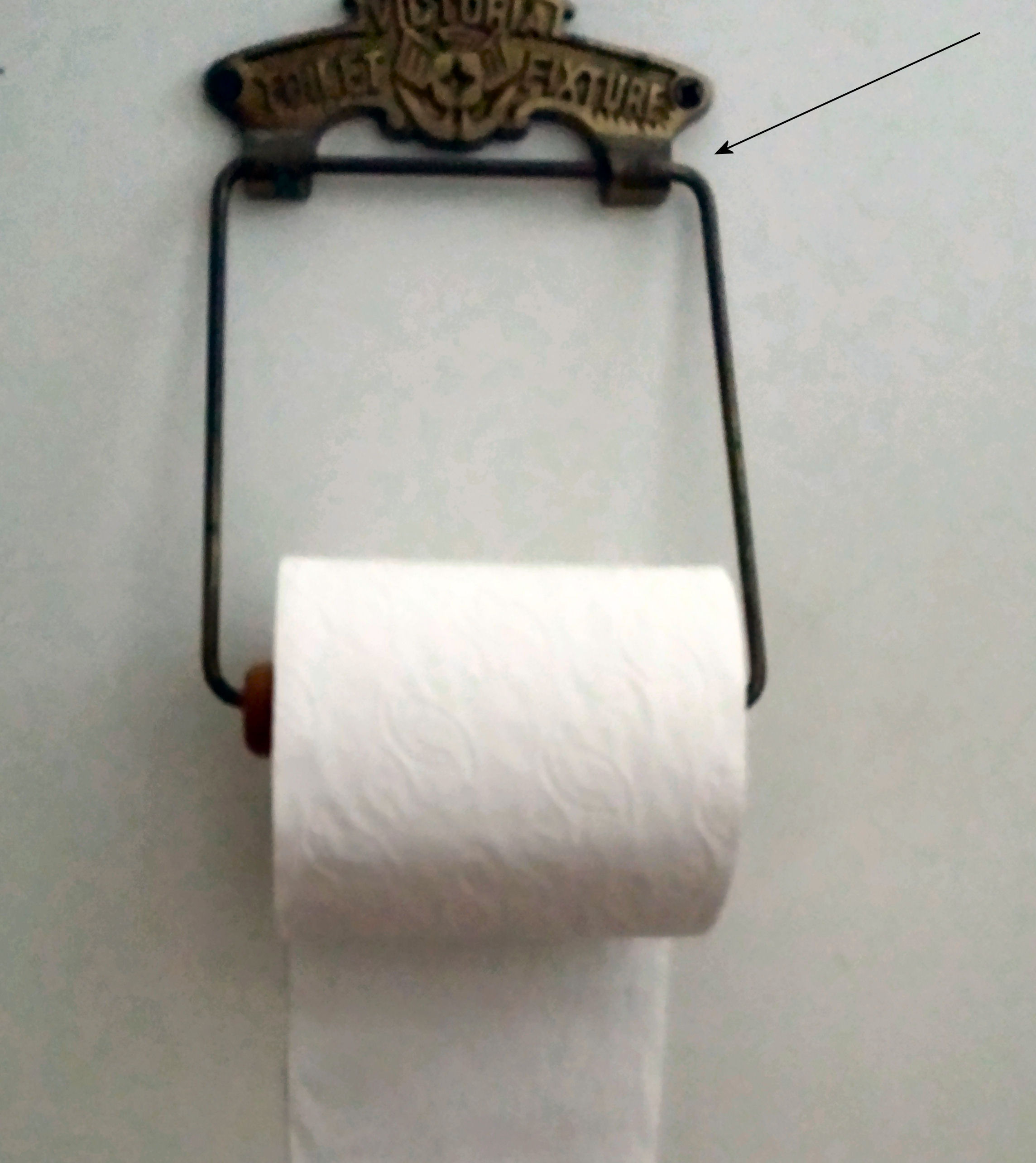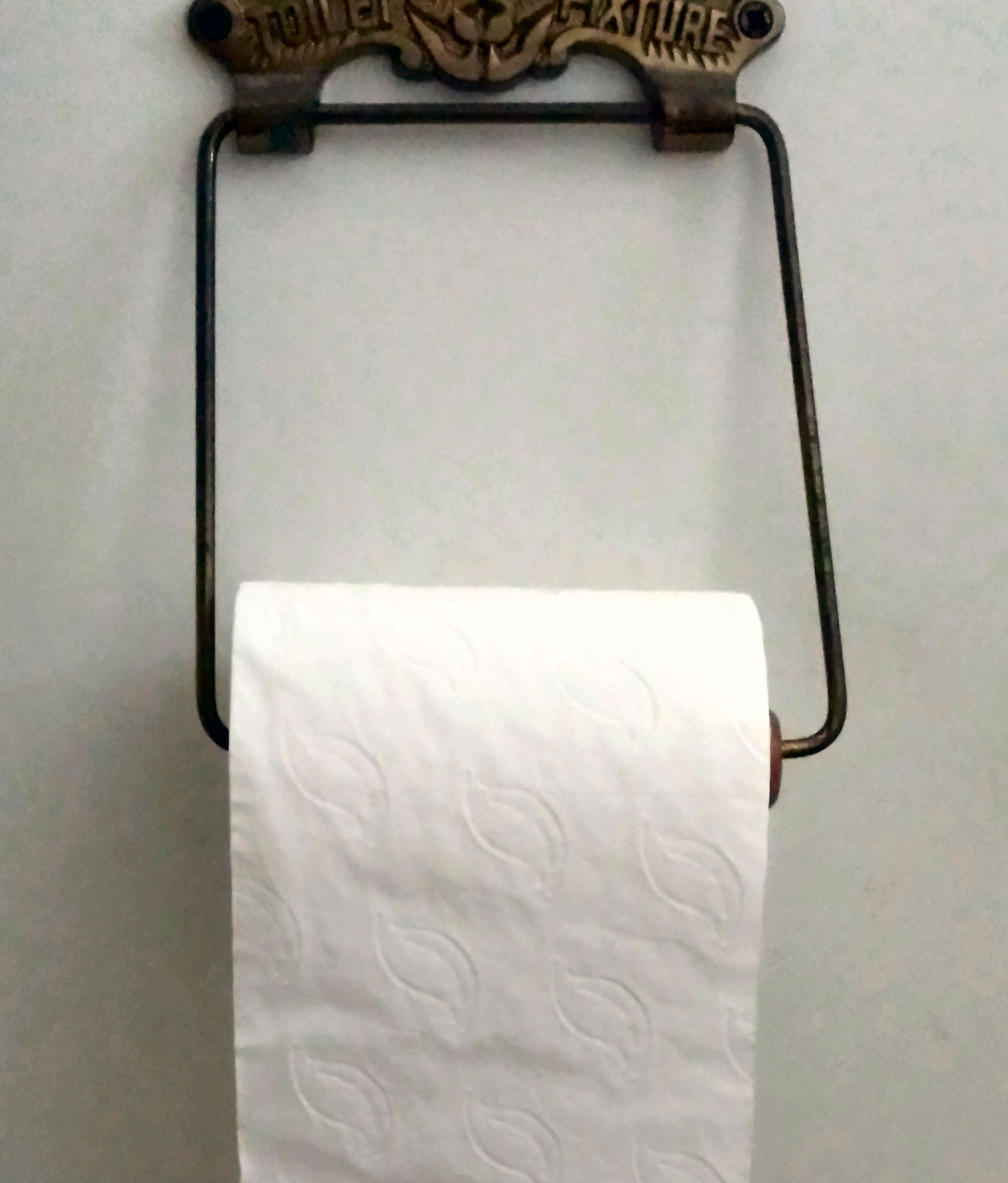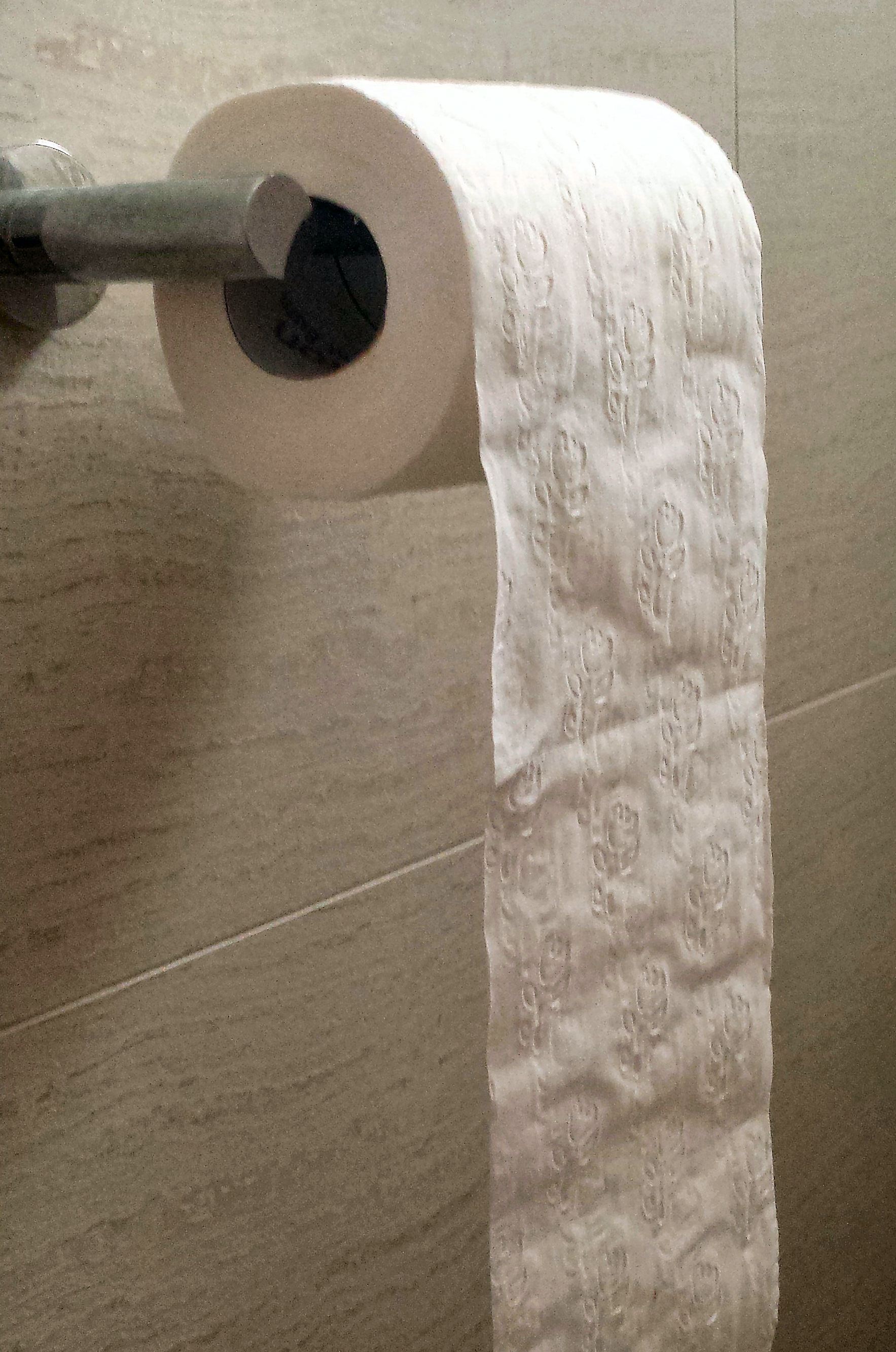|
|
||
|
||
|
Privacy Policy | Editorial Policy | Profit Policy | Join the Association | List of Members | Contact us | Index | Links |
||
|
Back Go to page: 1 2 3 4 5 6 7 8 9 10 11 12 13 14 15 16 17 18 19 20 Forward
|
||
|
Allan George’s Gems.
|
||
|
|
||
|
Vietnam veterans awarded 50 years after the war.
|
||
|
|
||
|
Frank Mallard (1st Field Sqn) and Hans Hurij (MP) with the medals awarded to them decades after the war.
|
||
|
The Governor-General, His Excellency General the Honourable Sir Peter Cosgrove AK, MC (Retd) has formally approved the awarding of the Republic of Vietnam Cross of Gallantry with Palm Unit Citation to Veterans in recognition of the military assistance provided to the former Republic of Vietnam while under the operational command of the United States 173rd Airborne Brigade.
The Republic of Vietnam Cross of Gallantry with Palm Unit Citation was awarded by the former Government of the Republic of Vietnam (South Vietnam) to specific military units that distinguished themselves in battle. To be eligible for the insignia of the citation members must have served in Vietnam under the command of 173rd Airborne Brigade from 5 May 1965 to 31 May 1966 in one of the following units;
The 1st Battalion, Royal Australian Regiment, were formally presented the streamer of the citation at a parade on the 23rd November 2015 at Lavarack Barracks, Townsville.
The streamer was presented by Sir Peter Cosgrove, as part of a larger parade to celebrate the 70th Anniversary of the formation of the 65th, 66th and 67th Battalions, later to become the 1st, 2nd and 3rd Battalions of the Royal Australian Regiment. As part of the ceremony, the 2nd and 3rd Battalions were also be presented replacement Queen’s and Regimental Colours.
This symbol of recognition, some 50 years in the making, has made its way into the palms of two Vietnam War veterans. Hans Hurij of the Royal Australian Army Provost Corps who served in Vietnam from May 1965 to April 1966 and Frank Mallard, of the Royal Australian Engineers and who served in Vietnam from September 1965 to September 1966. Both were recently awarded the Republic of Vietnam Cross of Gallantry with Palm Unit Citation.
They served with the 1st Battalion, Royal Australian Regiment (1RAR) under the United States 173rd Airborne Brigade, whose members received the Cross of Gallantry in 1970. Because Australians were not formally offered the award, the Australian rules meant it could not be recognised here.
Decades later, reforms on foreign award recognition opened the gate to allowing Australian veterans to receive accolades outside Australia. This award from the former South Vietnamese government was finally recognised in Australia in May 2015 – 45 years after US veterans in the173rd Airborne Brigade received theirs. For Hans Hurij, the toils of war took its toll and the trauma resulted in him retiring early from a long career with the fire services.
“We came across a lot of resentment at the Vietnam War which was directed at us when we returned,” he said. “It left its mark on a lot of guys; many became reclusive due to the stigmatisation of the war and they just wanted to be left alone. “We were largely shunned by much of society and that had a big effect on a lot of guys.”
The 1RAR participated in seven operations with 173rd Airborne Brigade between May 1965 and May 1966. It was only in May this year Australian veterans were eligible to apply for the award, recognising specific military units that distinguished themselves in battle.
Applications for the insignia of the Citation can now be submitted to Defence Honours and Awards through their webpage: http://www.defence.gov.au/Medals/Content/Applications.asp
|
||
|
Vietnam.
Click the pic below to see an excellent short tribute video on the Vietnam War – It is an American feature but definitely worth a look.
|
||
|
|
||
|
|
||
|
The things that come to those that wait, are usually the things left by those who got there first.
|
||
|
MS AIDA prima
The AIDA Prima is a cruise ship built by Mitsubishi Heavy Industries (MHI)
for the German cruise operator AIDA Cruises. MHI was awarded a contract
to build two new generation
The Hyperion Class AIDAprima will be the first cruise ship to use MHI's
proprietary technology Mitsubishi Air Lubrication System (MALS). The
system forms small air bubbles, which cover the bottom of the vessel
like an "air carpet", thereby reducing friction between the hull and
seawater when sailing. MALS reduces carbon dioxide and fuel consumption
by approximately 7%. The ship will also be fitted with a detailed filter
system, which will reduce harmful emissions such as soot particles,
nitrogen oxide and sulphur oxide. The new cruise ship will feature 1,643
staterooms of 14 different categories to accommodate up to 3,300
passengers.
2015 Lemons.
Australia’s 60-odd automotive brands try to justify why each of the 300 different cars on sale today are not just adequate, but allegedly excellent. There's a massive difference between the marketing spin and the reality - it's a kind of confidence trick, like the elephant in the room. The car companies selling the worst cars are aware, painfully aware, that these vehicles are both dogs and lemons, yet they will happily sell you one of these third-rate cars and wait patiently for you to discover its inherent deficiencies.
Let's make sure that just doesn't happen. Scratch these dogs from your short list, and you're that much more certain to buy a good car instead.
Number 10.
You can buy a brand new car for under $15 grand - sure. But that doesn’t
mean it’s a good idea. You get that new car smell and the full factory
warranty, but there is a point where buying a used car makes more sense
- and $15,000 is that point. Economic rationalism kicks
So, your Suzuki Alto, your Nissan Micra, your Mitsubishi Mirage - interesting as they are, you’ll be better served by a used car. Often the range of some cheap car spans the $15,000 price-point. Take the Kia Rio - always on special drive-away under $15k. That entry-level Rio - with an asthmatic 1.4-litre engine and clunky four-speed auto is hardly a definitive good buy. But the upmarket Rio with a 1.6 and six-speed auto and all the fruit is a great little car. What a difference another four or five grand ultimately makes. If it’s brand new and $15,000 or less, it’s barking. Don’t buy it.
Number 9.
You need to scratch from your 4WD ute buying short list any ute that's
not a Ford Ranger, a Mazda BT-50, or a Holden Colorado. It really is
that simple. If you want a contemporary complement of 4WD ute goodies
and current engineering best practice: let's call that a five star ANCAP
safety rating, six-speed auto transmission and 3.5-tonne tow capacity,
plus an
The current Hilux is yesterday's hero, frankly - and none of the others were ever even that. This is not about opinion - objective criteria leads you inevitably to choosing one of these three. The Toyota HiLux, Nissan Navara, Mitsubishi Triton, and Isuzu D-Max just don’t measure up.
Number 8.
All South Korean Holdens. Holden right now is like watching Air Crash
Investigation in the seconds before someone in First Class accidentally
hits the ‘wings fall off’ button. This once-great Australian icon is on
the cusp of becoming the country’s third major South Korean car importer
- the one without the five-year warranty. The one that’s had no money to
invest in
Slapping the lion badge on these cheap, under-done imports is the last nail in the Holden coffin. Holden is already shedding customers faster than they drop kilos on The Biggest Loser. If you buy a Barina, a Barina Spark, a Captiva, a Malibu or a Trax, you are making a monumental mistake. Holden’s entire South Korean import inventory does not measure up against the competition.
Number 7.
Land Rover says: “The Range Rover Evoque can take anything the city can
throw at it”. Anything … except of course crashing. It’s not very good
at that. Independent Australian crash testing authority ANCAP says, of
the Evoque, “Protection from serious chest injury was
The Range Rover Evoque didn’t even qualify for five stars. After the first crash test it was immediately a five-star scratching - scoring only 12.39 out of 16 in the offset frontal crash test. (You need 12.5 to qualify for five stars.) A Hyundai i30 gets 15.35 out of 16 in the same test, and it’s about a quarter of the price. If you’re buying a premium car, you expect the gold standard on safety. It’s that simple. And here, Range Rover Evoque does not deliver. This is what happens when you get Victoria Beckham to design a car. It’s like getting Kim Kardashian to sit in the big chair at Mission Control. When that happens, the moonshot is guaranteed to go bad; you just know it. So: you could buy this ‘Kim Kardashian’ of Range Rovers … or a vehicle that will actually protect you properly in a crash.
Number 6.
Anything with the Audi 2.0 TFSI engine. This engine - the ‘T’ stands for
‘turbocharged’ and the ‘FSI’ stands for ‘fuel stratified injection’ -
it’s a direct-injected turbo. Everything in engineering is a compromise
and in their zeal to achieve fuel efficiency through reducing internal
In an engine, the rings and the valve guides need to keep the lubricating oil from the combustion chamber. If you go nuts reducing friction inside an engine, it starts drinking oil like a sailor on shore leave, because it leaks past the rings and valve guides. That’s exactly what the 2.0 TFSI engine has a global reputation for doing. And the fix? Wait for the low engine oil warning light then add a litre of engine oil. That’s a premium ownership experience right there, don’t you think? Now: rather than just say ‘hey, we got the balance wrong, and we’re gunna fix it, which you could absolutely respect, Audi says ‘move on, nothing for you to see here, this is just normal engine operation’. Really? Kia and Hyundai manage to build turbo, direct injection engines that don’t consume any oil. This is a fascinating window into the mindset of a company that puts its reputation ahead of its integrity.
Number 5.
Locally made large cars are under-done, out of date and an economic
fiasco. Depreciation is a disaster. Billions of taxpayer dollars - your
money, which could have built roads, funded the health system, taken
better care of pensioners, or been put to many other productive uses -
Number 4
The Ford Territory is the ageing relative on life support, with the
doctor is late for that last, fateful consultation. The priest and the
fat lady are in the wings. Everything about the Territory screams ‘too
little, too late’. It was launched 10 years ago, and since then, Ford
has
So, buying a Territory is like buying a 10-year-old car with new-car smell. They added a diesel in 2011 - an engine of convenience, an outdated Land Rover / Jaguar powerplant discovered loitering in a far-flung corner of the Ford empire long after its use-by date had expired. The third seating row is a joke, and the Territory is both a reliability and resale value basket case. Do yourself a favour and buy a Hyundai Santa Fe instead.
Number 3
Premium German cars really are outstanding … provided you spend more
than about $100,000. Below that, well, they’re a marketing con and below
$50,000 you really have to
If you analyze a $50,000 premium German car objectively, on measurable criteria, a Japanese car at the same price-point just makes it look like someone left the tumble drier on overnight in Dresden. If you want a Bavarian Money Waster, the four rings or that much-vaunted three-pointed star, go nuts - provided you can drop $100,000 on the deal. Below that you’re just a badge bunny and you’ll be sitting on a milk crate, wondering if you should have ticked the box for the optional steering wheel and pedals. Even the dealer will think you’re a loser, at $50k. German cars under $100,000 are a way too anaemic in both the Vorsprung and the technik departments. They’re not the ultimate driving machines and they’re not even engineered as well as Japanese cars.
Number 2
From the Polo to the Amarok, Volkswagen has profound quality problems - this is the great secret of the brand first popularised by Adolf Hitler. Basically Volkswagen has growing pains, although it’s the customers feeling it. Sales have leapt ahead off the back of the company’s over-arching objective: which is to be the world’s number one carmaker by 2018.
In Australia in just 10 years from 2004 to 2013 inclusive, Volkswagen
sales skyrocketed - up from 8400 in 2004 to almost 55,000 in 2013.
That’s better than a six-fold increase and it’s mainly off the back of
an aggressive roll-out of new product aimed at achieving Objective
Number 1.
And the winner is!!! The leader of this pack of automotive marketplace ‘don’t buy’ dogs is without doubt the Holden Cruze - voted car most likely to catch fire, all around the world.
Even if it doesn't do that, the Cruze is beset on all sides by the
inequities of underdone engineering and fundamentally flawed build
quality. It’s the car designed and built to keep on letting you down,
over and over. If it doesn’t turn into a charred and smoking wreck at
the roadside, the transmission might fail, or the engine ECU could fry
itself, or a driveshaft might
The Holden Cruze is exhibit A for what happens when a major, global car company drops the ball, goes bankrupt, slashes its R&D budget, hastily adapts a dog of a brand - Daewoo - then slaps on a Holden badge and says "she'll be right, mate". Only, it won't. Exchange the chronic pain of Cruze ownership for something else: buy a Mazda 3 or a Hyundai i30 instead. The Holden Cruze is the worst mainstream car on Australian roads, by a country mile. It’s the automotive equivalent of Glenn Close in Fatal Attraction, and if you buy one, it will boil your bunny.
|
||
|
In the light of recent police announcements that they no longer consider it necessary to attend the scene of domestic burglaries I have taken down the Australian flag from beside the house and peeled the burglar alarm sticker off the front door. We've disconnected our home alarm system and quit our Neighbourhood Watch. I've bought two Pakistani flags on eBay and raised them in the front garden, one at each corner, plus a black flag of ISIS in the centre. Now the local police, AFP, ASIS. ASIO, SAS and other Counter Terrorism agencies are all watching the house 24/7.
We've never felt safer and we're saving $24.95 a month. |
||
|
|
||
|
Honda.
Over the years, Honda has released some fabulous video commercials - this is their latest.
|
||
|
|
||
|
Is that a Jet in your cornfield?
In 1970, while assigned to the 71st Fighter Interceptor Sqn (FIS) at Malmstrom AFB, Montana, its pilot ejected during an in-flight emergency. The pilot somehow got himself into a flat spin, considered generally unrecoverable in an F-106 and he did what the flight handbook said to do, he got out of it, i.e., he ejected.
|
||
|
|
||
|
After the pilot did just that, 58-0787 recovered itself from this "unrecoverable" situation. In a vain attempt to break the spin, the pilot had lowered half flaps, rolled in take-off trim and throttled the engine back to an approach power setting.
After the ejection, the aircraft recovered from the spin on its own and established a wings level low rate descent under reduced power to the ground. Ground effect broke its rate of descent and it settled into a near-perfect gentle belly landing in a farmer's snow-covered cornfield.
When the local sheriff came upon the scene, the engine was still running. The aircraft was situated on a slight incline and as the snow compressed to ice under it, it was creeping forward slowly under the thrust of its still-running engine. Concerned about where it might be headed, the sheriff didn't think he could wait for the recovery team to get there from Malstrom which was about 50 miles away, so he got himself connected to the aircraft's squadron for engine shut down instructions before he entered the cockpit to secure the engine.
|
||
|
|
||
|
The attached photos show pretty much what the sheriff beheld on that
fateful day. A depot team from McClellan AFB recovered the aircraft and
it was eventually returned to service. When the 71st FIS was disbanded
in 1971, 58-0787, now famously known as the "Cornfield Bomber”, was
transferred to the 49th FIS, where it finished out its operational
service life.
58-0787 is now on permanent display in its 49th FIS markings at the USAF Museum at Wright Patterson AFB, where its story is told in the exhibit.
While the 49th FIS Eagle jocks are reportedly glad to see their squadron immortalized in this way for millions to see, they would prefer to see it made more clear that it was the 71st and not one of theirs, who jumped out of this perfectly good aircraft.
|
||
|
Money can't buy everything.. but then again, no money buys a lot less .
|
||
|
DVA Disability Payments.
In a major victory for injured defence veterans, a Family Court judge has ruled that invalidity payments are immune from divorce settlements. The judgement means that thousands of veterans have been wrongly advised by the Commonwealth Superannuation Corporation (CSC formerly CommSuper) that the payment was “splittable”. It could involve hundreds of millions of dollars in incorrect payments and unnecessary court action.
The ruling was made by Justice Michael Kent in Queensland after a Family
Court battle by a 44-year-old army veteran who ran his own case against
the might of the Commonwealth. Justice Kent ruled that the CSC’s
argument that invalidity entitlements under the Military
Despite the judgement, the CSC still regards invalidity benefits as “a form of superannuation payable as income support for the pensioner for the extent to which the person has been incapacitated for civilian employment by their ADF service.”
Justice Kent ruled that the CSC’s argument was incorrect and that the benefit was insurance and therefore not “splittable”. The judgement has been ignored by the CSC, (in other words, it plans to appeal), but supported by the legal fraternity who say it could have major consequences for veterans receiving invalidity payments and their ex-spouses.
The CSC refused to comment on the matter, but in correspondence obtained by News Corp it attacked the judgement. “The Judgement in the Family Court proceedings did not expressly address any of the relevant statutory provisions within the complex framework governing family law superannuation splitting and should not be regarded as a conclusive determination of this issue,” it said in a letter to the Commonwealth Information Commissioner.
Principal lawyer with Slater and Gordon, Annemarie Gambera, said that invalidity benefits under the MSBS were clearly not deemed “superannuation interests” under Family Law. “Noting that the pension was not in fact a superannuation entitlement/interest, it is impossible to split it under superannuation splitting,” she said. “This is consistent with the purpose of these benefits as expressed in the Cole Report.”
That 1990 report said the payment would “provide insurance against invalidity and death with the amount of benefit payable providing compensation for the retirement benefit foregone because of premature termination of service.”
The veteran who cannot be identified said it appeared that he was the only person to have audited information provided by the CSC. “It didn’t sit right with me on principal,” the eight-year army veteran said. He was medically discharged with serious back injuries and receives a Totally and Permanently Incapacitated (TPI) pension and is unable to work. “I urge veterans to get into the Family Court and to not take what the CSC or its expert witnesses say as gospel. Invalidity payments are insurance not superannuation and because they are not defined benefits they are not splittable.”
He said he could see why the CSC was reluctant to admit its error because there could be thousands of cases like his and hundreds of millions of dollars at stake. “It took two years of arguing against nine different lawyers and three barristers in two federal courts in front of two registrars and three judges to get the message across,” he said. “Although I won I still find it a national embarrassment that people who have fought for their country have to go through this due to incorrect information provided by their Super fund.”
A veteran who became a paraplegic following two parachuting accidents
while serving with
The veteran, who has competed in wheelchair triathlon championships, said he would always look after his dependent children, but he would not hand over the invalidity payment he received for serving his country.
He welcomed the judgement in the Burns matter. “I look forward to going to trial.” He said.
|
||
|
|
||
|
|
||
|
|
||
|
At Last - the answer!
Since the dawn of creation, mankind has been plagued with that perennial old chest-nut, does the paper come out from the front of the roll or from the back of the roll??? Well - at last we can provide the answer and as such, return 95% of the world's population to a sound sleep.
The answer has got a lot to do with the study of science and physics and maths and other weird stuff. Check out the two pics below. |
||
|
||
|
This holder is hinged at the top on the wall surface (see arrow above) which means the wooden rod at the bottom which holds the roll is out from the wall by about 4 cm (half the width of the toilet roll). Now, if the distance from the hinge down to the centre of the roll is 15 cms, that means if the toilet roll and the wooden rod weigh 10 Kg (it wouldn't of course, but as an example), 10 Kg is felt straight down, but there is an apparent force of 2.8 Kg actioned straight back against the wall - see the pic below.
|
||
|
|
||
|
So!! In this type of holder, if the paper comes from the front of
the roll, when you pull it you will actually increase the force back
towards the wall increasing the possibility that the paper could tear
and you could end up with less sheets than you require. If you've got
one of these holders your only option is to have the paper come from
behind the roll as that will pull the paper from the wall and you'll get
all the sheets you want.
|
||
|
||
|
If, on the other hand you have one of the toilet roll holders as above, where the roll doesn't and can't touch the wall, you can put the roll either way, from the front or from the back. You will, of course, be directed by "she who must be obeyed".
There, I'm glad I could sort that out for you!!! |
||
|
|
||
|
|
||
|
|
||
|
Velly Intelesting – but stupid!!!!
|
||
|
|
||
|
|
||
|
Back Go to page: 1 2 3 4 5 6 7 8 9 10 11 12 13 14 15 16 17 18 19 20 Forward |
||
|
|

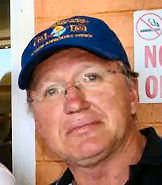
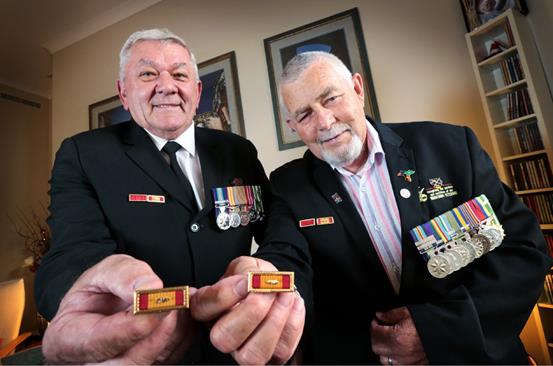
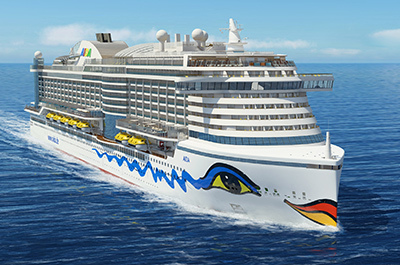 cruise ships for AIDA Cruises in August 2011 and the first of those, the
AIDAprima, was expected to embark on her maiden voyage from October
2015, sailing from the Japanese city of Yokohama to Hamburg, Germany but
delays at the shipyard has meant that the actual delivery date has been
pushed back – costing MHI
cruise ships for AIDA Cruises in August 2011 and the first of those, the
AIDAprima, was expected to embark on her maiden voyage from October
2015, sailing from the Japanese city of Yokohama to Hamburg, Germany but
delays at the shipyard has meant that the actual delivery date has been
pushed back – costing MHI
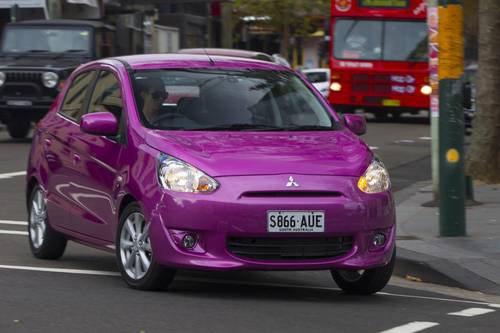 in here.
Anything that costs $15,000 or less, brand new, is going to be eclipsed
by a two-year-old used car costing $15 grand. It’s that simple.
in here.
Anything that costs $15,000 or less, brand new, is going to be eclipsed
by a two-year-old used car costing $15 grand. It’s that simple.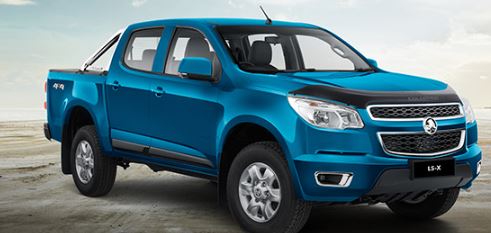 engine with more than 400 Newton-metres, only the Mazda, Ford
and Holden tick all the boxes. Everything else, at the time of writing,
scratches and barks and licks its ... well, you get the idea.
engine with more than 400 Newton-metres, only the Mazda, Ford
and Holden tick all the boxes. Everything else, at the time of writing,
scratches and barks and licks its ... well, you get the idea.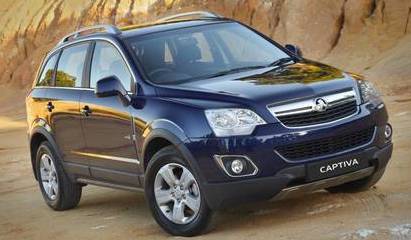 R&D for the past five years. The one that comes from the
factory that was so on the nose around the world - Daewoo - that GM had
to drive a stake through the heart of the brand and change its name.
R&D for the past five years. The one that comes from the
factory that was so on the nose around the world - Daewoo - that GM had
to drive a stake through the heart of the brand and change its name. 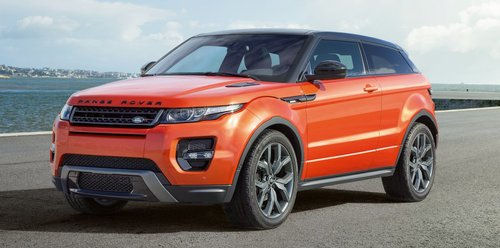 marginal for the
driver.” ANCAP added, “The bonnet provided predominantly poor protection
in the areas likely to be struck by a pedestrian’s head”.
marginal for the
driver.” ANCAP added, “The bonnet provided predominantly poor protection
in the areas likely to be struck by a pedestrian’s head”. 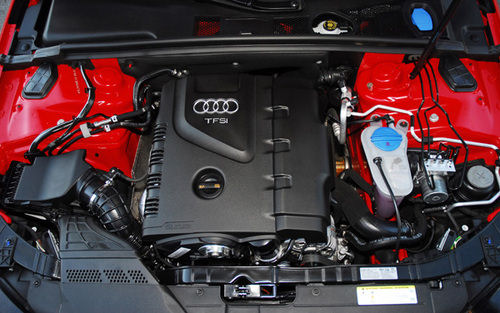 resistance, the Vorsprung durch technophiles at Audi managed to
compromise fundamental engine integrity.
resistance, the Vorsprung durch technophiles at Audi managed to
compromise fundamental engine integrity.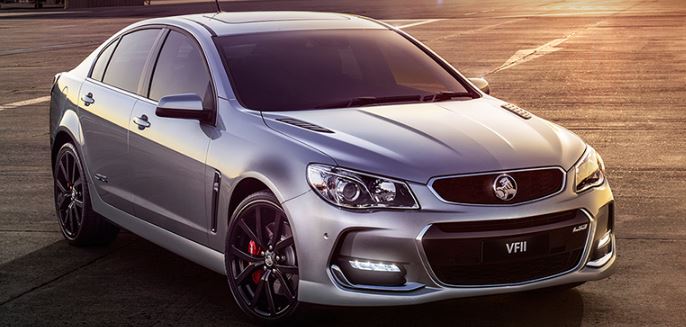 has been squandered propping up failing factories owned by companies
about as Australian as McDonald’s. These cars are a national disgrace -
and they have not kept pace with the rest of the market on objective
criteria. They’ve been blown into the weeds on value, build quality and
reliability. The factories will close. The money’s been blown. The cars
are antiques. They’re the 50-year-old soccer mom who hasn’t yet learned
that hot pants and a halter top don’t turn mutton into lamb. Buying a
Commodore or a Falcon is a joke. Go for a drive in a Mazda6 - that’s
what a real family car should feel like.
has been squandered propping up failing factories owned by companies
about as Australian as McDonald’s. These cars are a national disgrace -
and they have not kept pace with the rest of the market on objective
criteria. They’ve been blown into the weeds on value, build quality and
reliability. The factories will close. The money’s been blown. The cars
are antiques. They’re the 50-year-old soccer mom who hasn’t yet learned
that hot pants and a halter top don’t turn mutton into lamb. Buying a
Commodore or a Falcon is a joke. Go for a drive in a Mazda6 - that’s
what a real family car should feel like.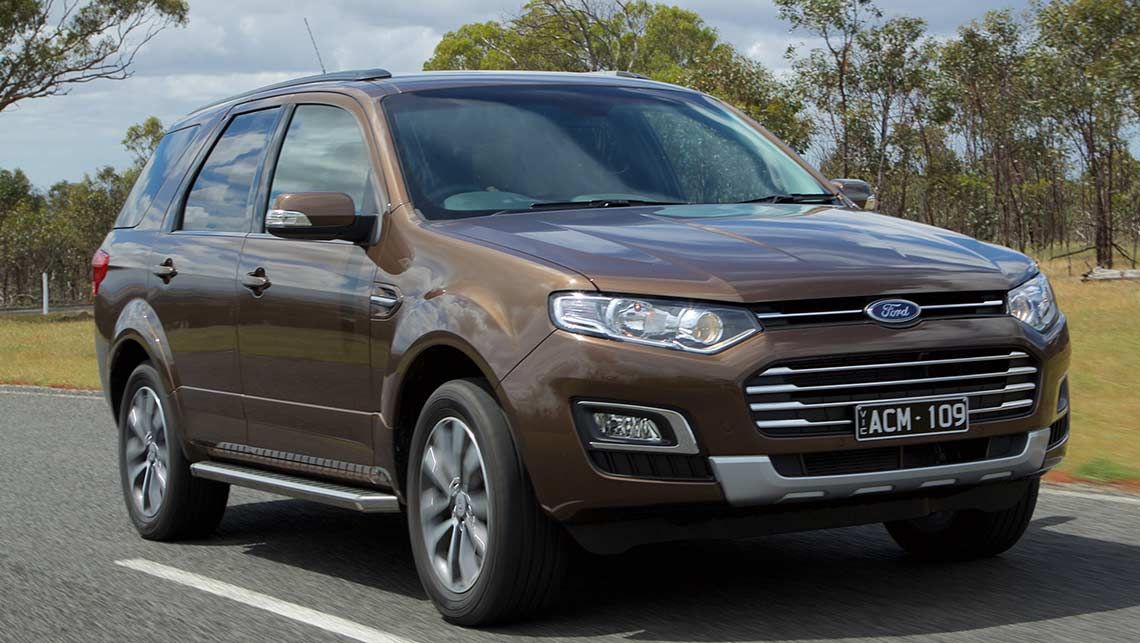 invested 90 per cent of bugger-all in substantive upgrades. All
they’ve really done is tweak its hair and makeup a couple of times.
invested 90 per cent of bugger-all in substantive upgrades. All
they’ve really done is tweak its hair and makeup a couple of times.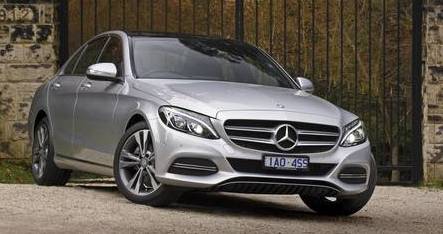 ask yourself what ‘premium’ actually means -
because equivalent Japanese cars don’t just beat them, they drop thermobaric bombs. Direct hits.
ask yourself what ‘premium’ actually means -
because equivalent Japanese cars don’t just beat them, they drop thermobaric bombs. Direct hits.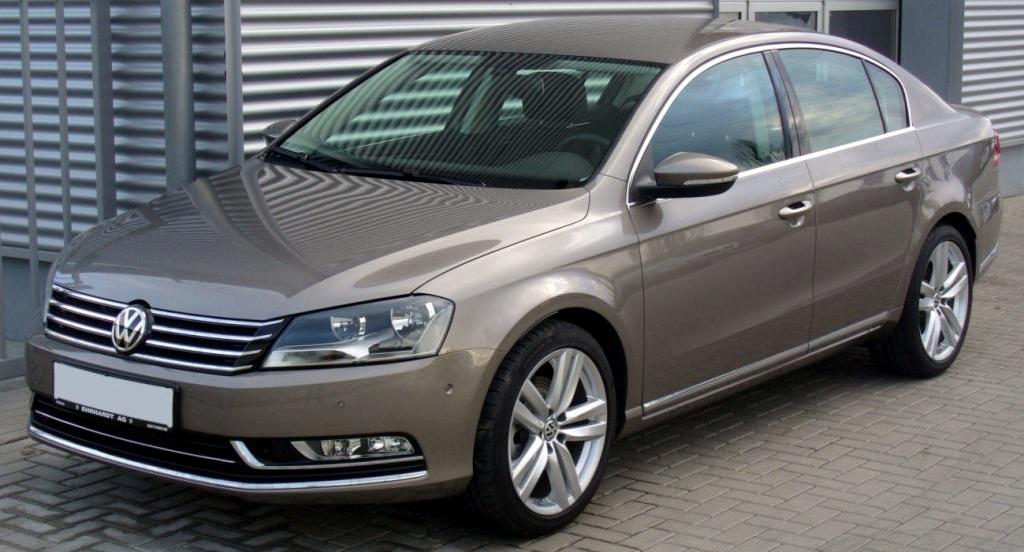 One:
World Domination. What a pity the engineering fundamentals just aren’t
right. So, it’s like this: if you’re happy with your Volkswagen, you’re
likely to be a very happy camper indeed. But if it lets you down you’re
likely to be profoundly unhappy. Partly because the problem could be
solution-resistant, partly because the parts could take forever to get
here, and partly because the dealer network and the company generally
are renowned for not really giving a toss about you. Rather than admit
the problems and work with you, their strategy is to protect the brand
by denying any problem exists. To be fair, all car companies have
problems. So, in a sense, buying any car is like playing Russian
roulette with reliability. Only, when you buy a Volkswagen, there are so
many more bullets loaded into so many more chambers, that the odds of
decorating the wall get a lot shorter. But it’s your choice to buy one.
It’s not as if anyone’s actually holding a gun at your head.
One:
World Domination. What a pity the engineering fundamentals just aren’t
right. So, it’s like this: if you’re happy with your Volkswagen, you’re
likely to be a very happy camper indeed. But if it lets you down you’re
likely to be profoundly unhappy. Partly because the problem could be
solution-resistant, partly because the parts could take forever to get
here, and partly because the dealer network and the company generally
are renowned for not really giving a toss about you. Rather than admit
the problems and work with you, their strategy is to protect the brand
by denying any problem exists. To be fair, all car companies have
problems. So, in a sense, buying any car is like playing Russian
roulette with reliability. Only, when you buy a Volkswagen, there are so
many more bullets loaded into so many more chambers, that the odds of
decorating the wall get a lot shorter. But it’s your choice to buy one.
It’s not as if anyone’s actually holding a gun at your head.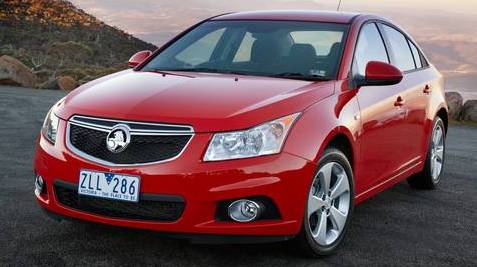 break. That’s always fun. Or any one of a
dozen other things could go horribly and expensively wrong.
break. That’s always fun. Or any one of a
dozen other things could go horribly and expensively wrong.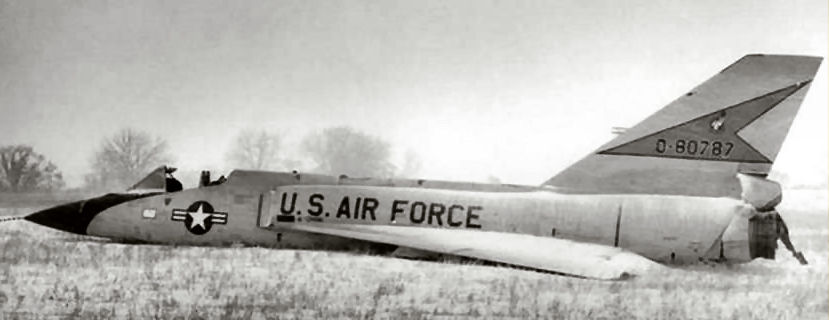
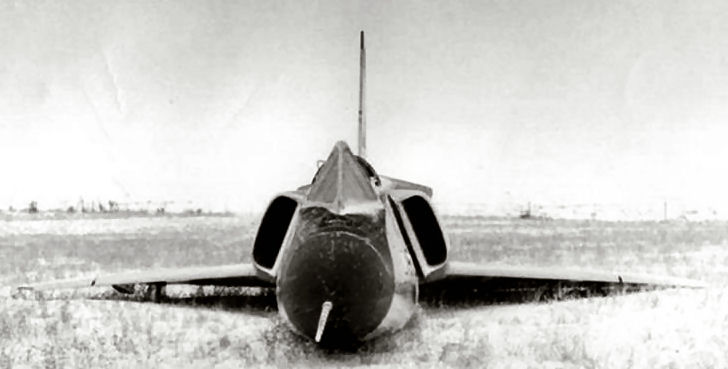
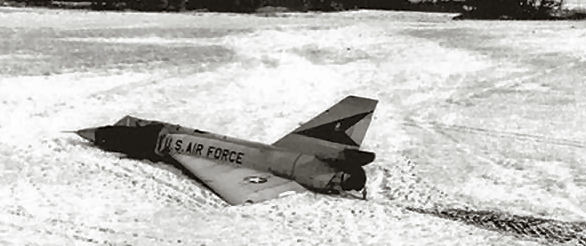 Pilots of the 49th FIS would occasionally run into ex-71st FIS guys at
William Tell and rag them unmercifully about the "emergency" so dire
that the plane landed itself.
Pilots of the 49th FIS would occasionally run into ex-71st FIS guys at
William Tell and rag them unmercifully about the "emergency" so dire
that the plane landed itself.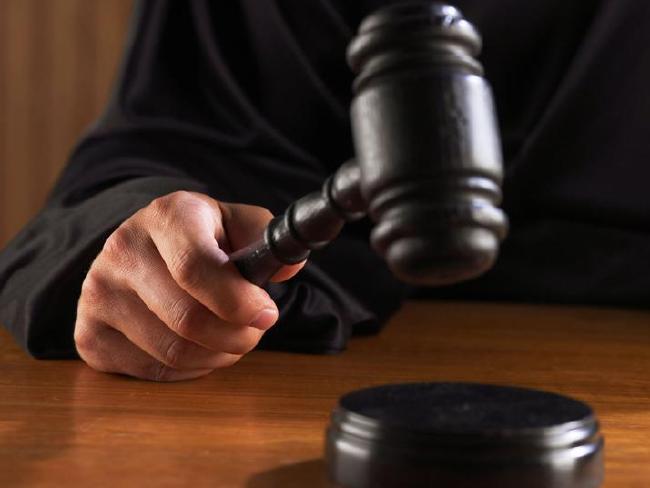 Superannuation and Benefits Scheme (MSBS) were “superannuation” was
wrong. The ruling was not contested by the veteran’s former spouse.
Superannuation and Benefits Scheme (MSBS) were “superannuation” was
wrong. The ruling was not contested by the veteran’s former spouse.